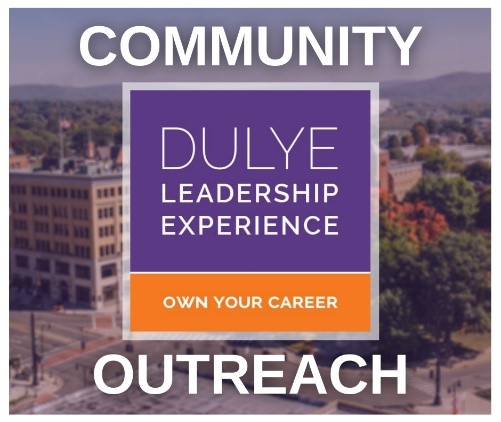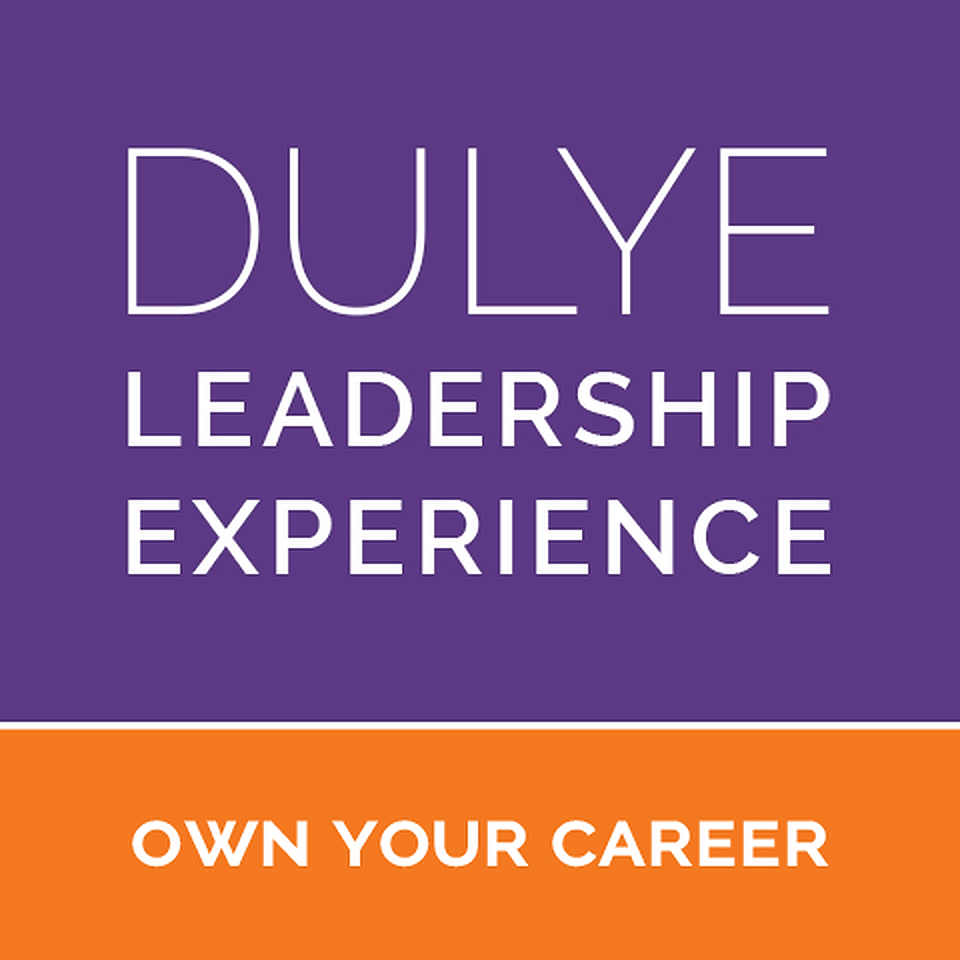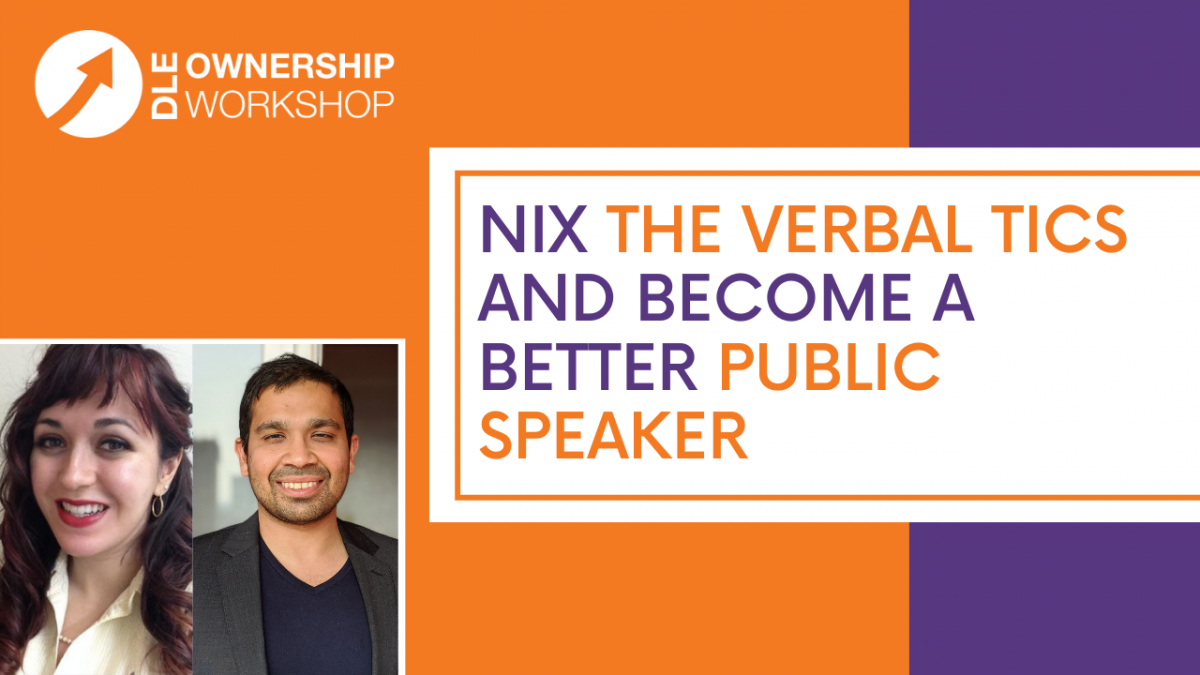
HOT READS: IMPRESS YOUR BOSS, LEARN FROM FAILURE AND AN ADJUSTMENT TO ZAP ZOOM FATIGUE
May 5, 2021
BRING ON THE BROOMS! DLE CREW PREPARES TO CLEAN UP PITTSFIELD
May 5, 2021By Katie Kelly, DLE Social Media Intern, Communications and Culture major with a concentration in Media and a dual minor in Sports Journalism and Digital Technologies and Emerging Media at Fordham University, New York, NY
It’s dreaded more than paying taxes and death. Public speaking has few fans, admitted guest speakers Ana Bahrani and Saksham Manchanda at the April DLE Ownership Workshop.
The duo, who are leaders in The Talking Toasters branch of the international Toastmasters public speaking organization, gave six concrete tips to nix verbal tics and anxiety during an interactive program that featured just-in-time practice opportunities for participants.
The workshop earned terrific reviews for its relevance and applicability. Post-event poll stats showed that:
- 75% of participants strongly agreed that the workshop provided practical techniques for their immediate use.
- 75% of participants strongly agreed that the workshop provided actionable tips and strategies.
- 75% of participants strongly agreed that the workshop kept their interest.
- 75% of participants strongly agreed that the workshop was relevant to their professional development.
- 86% of participants strongly agreed that the guest speakers were well prepared, experienced, interested in attendees’ comments and responsive to questions.
- 88% of participants rated their learning experience as excellent.
As for the training techniques that can build better speaking skills, here are six:
- You are not alone: Public speaking is the biggest fear for 80% of people. It is okay to feel anxious. Others will understand.
- Practice makes perfect: Practice your speech with people who support your goal of getting better. Find a support group to learn with and from. The more you practice, the less likely you will forget your thoughts and become anxious.
- E
 ye contact makes the connection: The easiest way to connect with someone is through eye contact. It helps to engage audiences and anchor the speaker. Take a video of yourself speaking and watch it to see what your eye contact is like with others.
ye contact makes the connection: The easiest way to connect with someone is through eye contact. It helps to engage audiences and anchor the speaker. Take a video of yourself speaking and watch it to see what your eye contact is like with others. - Timing is almost everything: The more you practice, the better sense of time you will have. Speaking too fast makes your points sound rushed; speaking too long on a topic can lead to rambling. Don’t be afraid to take pauses to gather your thoughts and keep them on track. Time yourself to stay organized. Connect certain points with how far into your speech you are. For example, if you are making a 30-minute speech and are eight minutes in, you should be on your second point. This helps keep you at a good pace when speaking.
- Content is king: Have a message and stick to it. Too much information can dilute your message. Use pauses and touches of humor to convey that message. Humor helps break up the content and keeps the audience listening.
- Filler words can break you: Filler words like um, like, so and yeah are a cultural habit and come out when we are nervous. Build your confidence and be prepared to avoid filler words. Pauses are a great way to avoid fillers. Replace filler words with transitions or just take a deep breath! Record yourself to learn what your filler words are, then practice using transition words in their place.
The video recording of Nix the Verbal Tics and Become a Better Public Speaker with Ana Bahrani and Saksham Manchanda is available at no charge to workshop attendees on our YouTube Channel. Access to this professional development resource is a bonus dividend for attending a DLE Workshop.



